The Probability of Rolling a 7 is a classic problem in probability theory, often used to illustrate fundamental concepts. Understanding the likelihood of specific outcomes when rolling dice is essential for grasping the basics of probability. This blog post will walk you through the process of calculating this probability. We’ll break down the steps and provide a clear explanation, making it easy to understand the Probability of Rolling a 7.
Table of Contents
Read More
Let’s explore the Probability of Rolling a 7 when rolling a fair die twice. This fundamental concept in probability helps to understand the likelihood of specific outcomes in random events. Understanding the basics of probability, like this, is crucial.
Understanding the Problem: Probability of Rolling a 7
The problem asks for the probability of obtaining a sum of 7 when a fair six-sided die is rolled twice. Each roll is an independent event, meaning the outcome of one roll does not affect the outcome of the other. To solve this, we need to determine all the possible outcomes that result in a sum of 7 and then divide by the total number of possible outcomes.
The concept of independent events is central here; the rolls are independent. The probability of an event is calculated by dividing the number of favorable outcomes by the total number of possible outcomes. This approach helps us systematically analyze the situation, ensuring that we account for all possibilities accurately.
Calculating the Probability of Rolling a 7
Identifying Favorable Outcomes
First, list all the combinations of two dice rolls that sum to 7. These are (1, 6), (2, 5), (3, 4), (4, 3), (5, 2), and (6, 1). Each pair represents the outcome of the first roll and the second roll, respectively. There are six such combinations that satisfy the condition.
Each combination represents a distinct event. Understanding each possibility is key to calculating the probability correctly. For example, (1, 6) means the first roll is 1, and the second roll is 6. We account for all possible successful outcomes.
Calculating Total Possible Outcomes
When rolling a six-sided die twice, there are a total of 6 * 6 = 36 possible outcomes. This is because each roll has 6 possibilities, and each outcome of the first roll can be paired with any of the 6 outcomes of the second roll. This leads to a sample space of 36 outcomes.
The sample space represents all possible results. This calculation is fundamental to probability. Each outcome in the sample space is equally likely. The total number of possible outcomes forms the denominator in our probability calculation.
Final Calculation and Probability
To find the probability, divide the number of favorable outcomes (6) by the total number of possible outcomes (36). This gives us a probability of ##P(7) = 6/36 = 1/6##. This means that there is a 1 in 6 chance of rolling a sum of 7 when rolling a fair die twice.
The final probability is the ratio of favorable outcomes to all possible outcomes. This result gives us a clear understanding of how likely it is to roll a sum of 7. Remember that probability values always range between 0 and 1. A higher probability suggests a greater likelihood of occurrence.
Similar Problems and Quick Solutions
Problem 1: What is the probability of rolling a sum of 2?
Solution: ##1/36##
Problem 2: What is the probability of rolling a sum of 10?
Solution: ##1/12##
Problem 3: What is the probability of rolling a sum of 3?
Solution: ##1/18##
Problem 4: What is the probability of rolling a sum of 11?
Solution: ##1/18##
Problem 5: What is the probability of rolling a sum of 12?
Solution: ##1/36##
| Event | Outcomes | Probability |
|---|---|---|
| Sum of 7 | (1, 6), (2, 5), (3, 4), (4, 3), (5, 2), (6, 1) | ##1/6## |
| Total Possible Outcomes | 36 | 1 |
We also Published
RESOURCES
- Craps Probability of rolling a 7 : r/learnmath
- Rolling the Dice – Free Math Help
- Rolling Dice to get total of 7 : r/askmath
- Dice Roll Probability: 6 Sided Dice – Statistics How To
- 7 is not the most common number rolled on a pair of dice. it is tied …
- Craps: Odds of rolling a 7 back to back ? – Gambling and Probability …
- Probability of two fair dice rolls having a total of 7 or 11?
- Math Alive Probability 1
- Calculate Probability of Rolling a 7, without a table | MrExcel …
- probability – What are the chances of rolling 2 dice 43 times without …
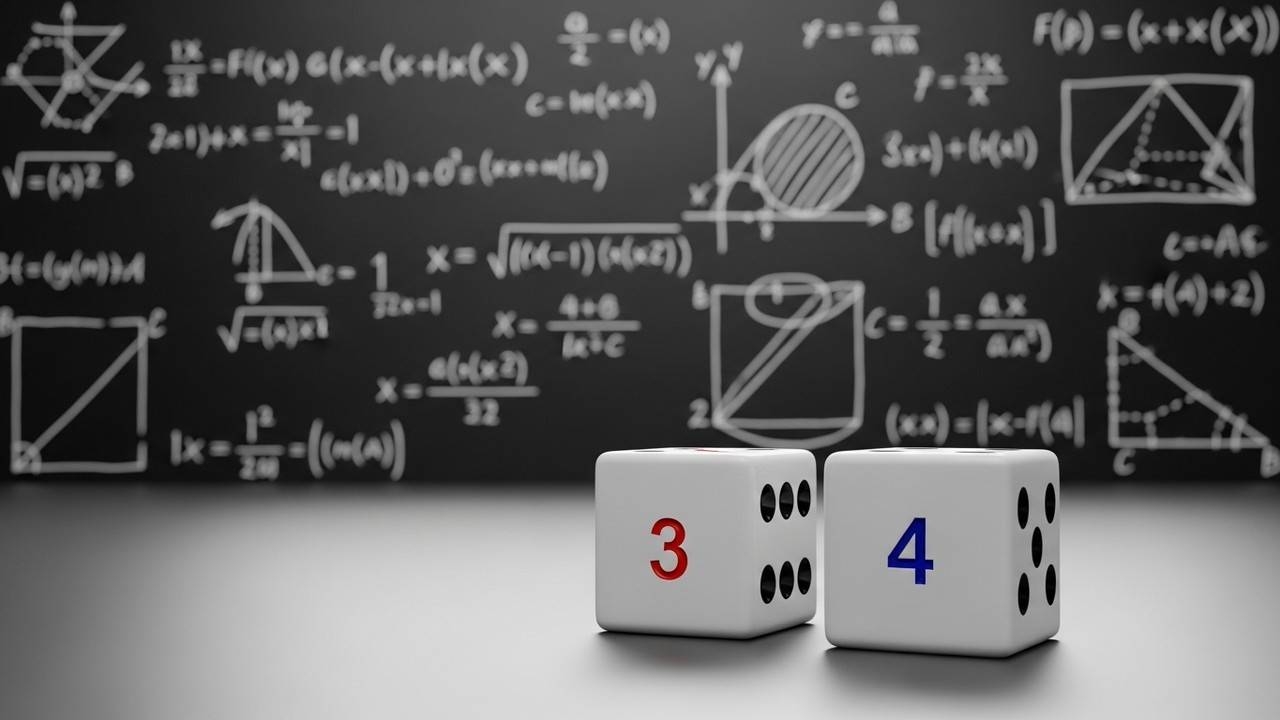


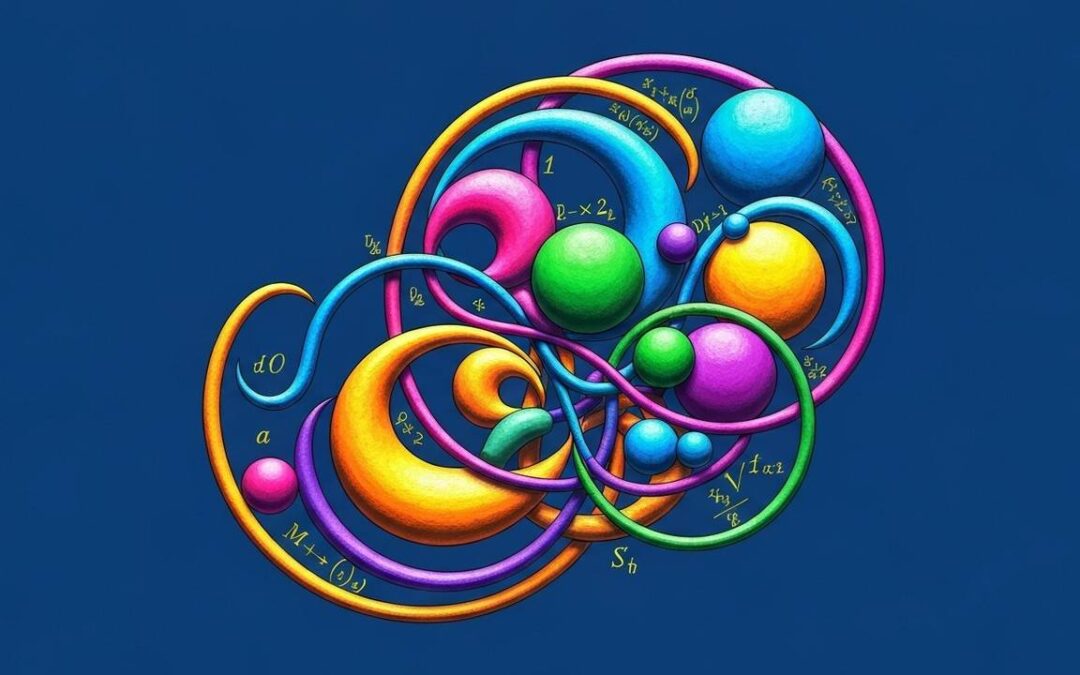
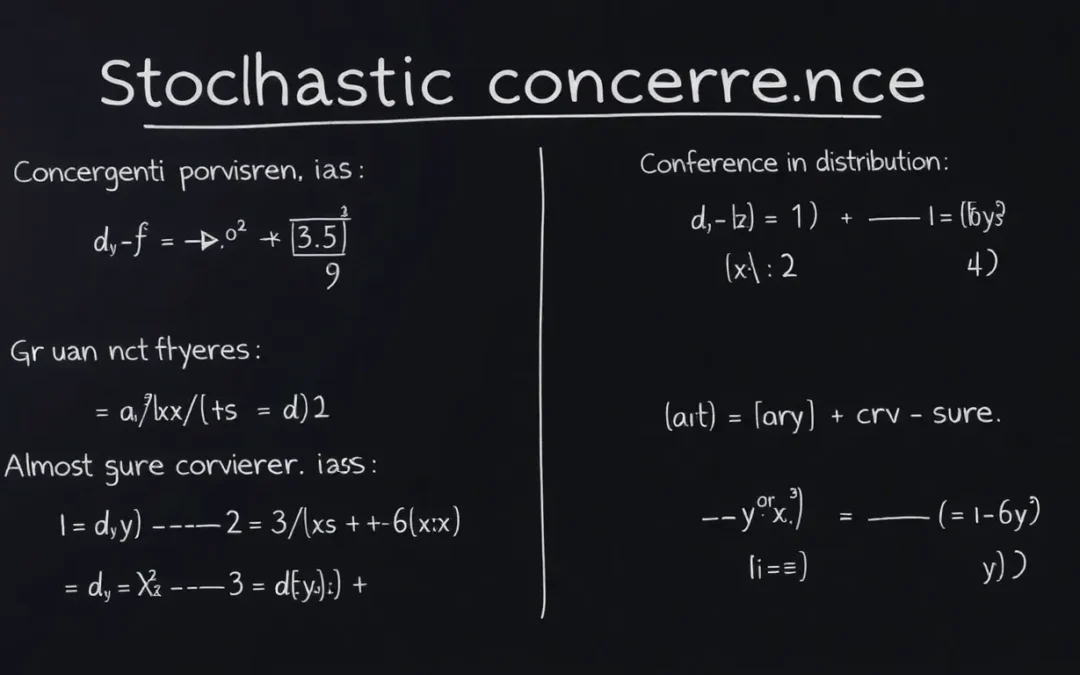
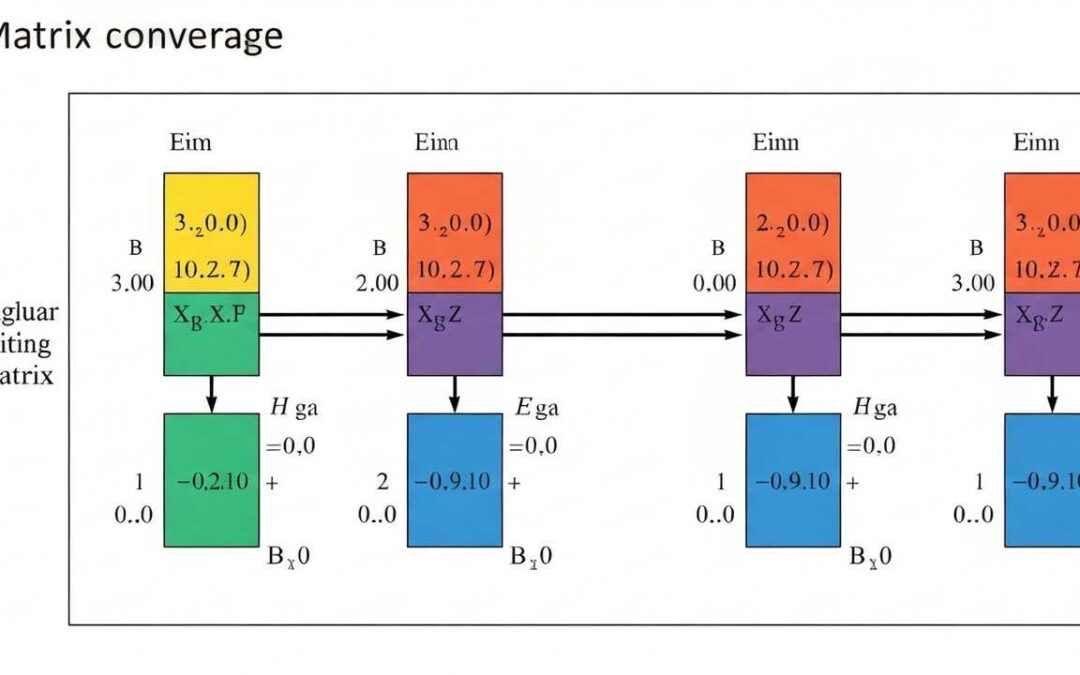
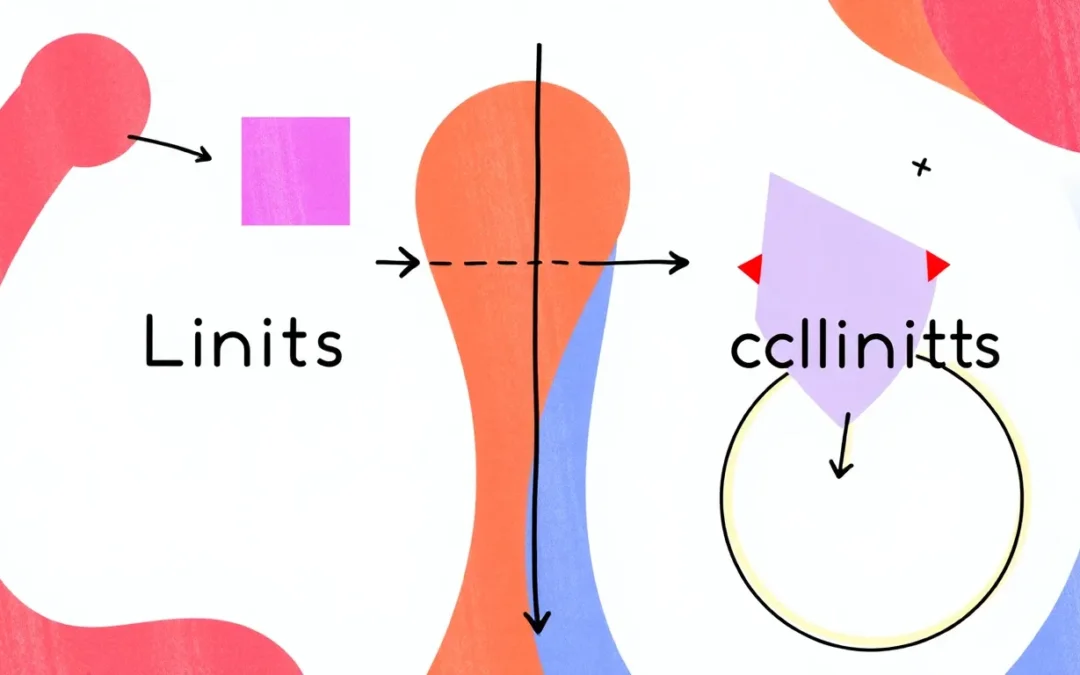
0 Comments